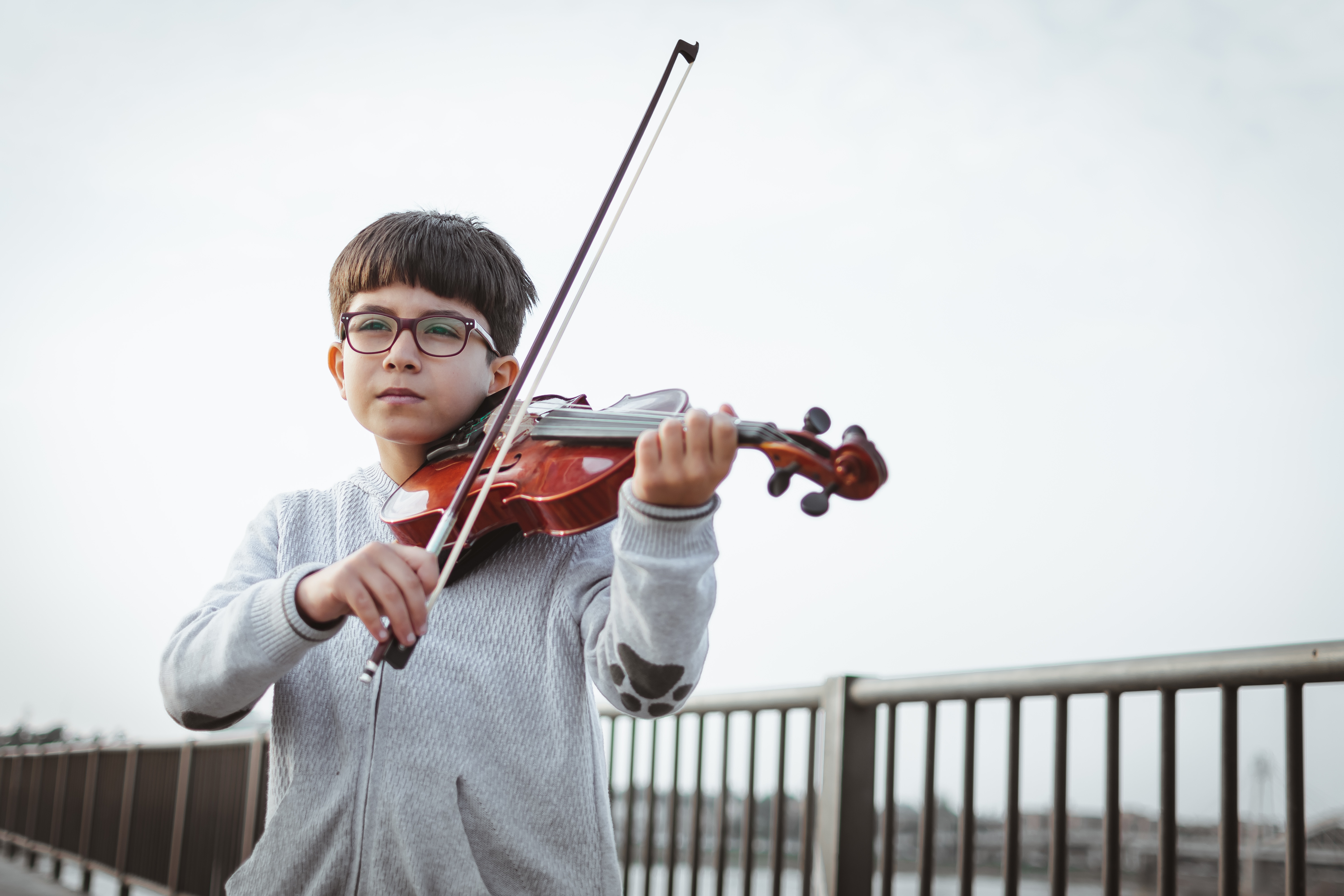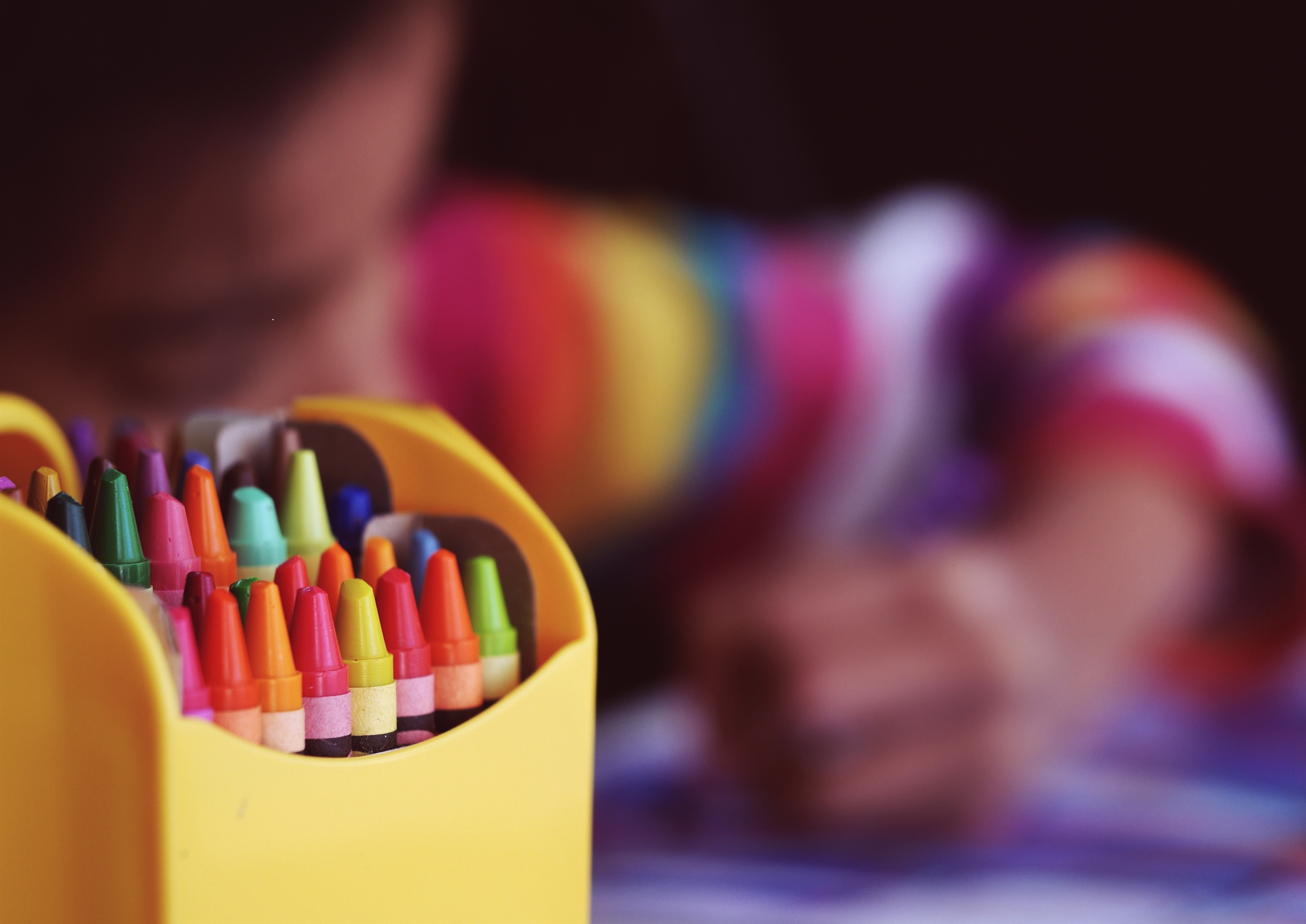
(Photo: Ashkan Forouzani/Unsplash)
Do you remember what you learned in fifth-grade science class? Me neither. Many kids at that age learn the basics of chemistry, biology, and the like, but often the information just doesn’t stick. And that ignorance can mean failure in more advanced classes down the line.
New research points to a technique that can help such students retain the information they’ve been taught, and perhaps even teach creative problem-solving skills to some of the brighter kids. It finds that science lessons stick better in kids’ memories when arts are integrated into the curriculum.
“Our study provides more evidence that the arts are absolutely needed in schools,” lead author Mariale Hardiman of John Hopkins University said in announcing the results. “I hope the findings can assuage concerns that arts-based lessons won’t be as effective in teaching essential skills.”
While scholars have suggested for many years that studying music and the arts benefits overall school performance, such research has become more rigorous of late. A large study released last month found that Florida middle-school students who study music, theater, or visual art subsequently get higher overall grades than their peers.
This new study, in the journal Trends in Neuroscience and Education, focuses on 350 students in 16 fifth-grade classrooms in the Baltimore, Maryland, school system. The researchers worked with educators to create two versions of four 15-day-long study units: one that integrated some form of the arts, and another that did not. The topics were astronomy, life science, chemistry, and environmental science.
In the standard version of the class, “students displayed knowledge by completing a chart or presenting the information orally,” the researchers explain. “In the arts-integrated condition, they displayed knowledge through a variety of arts-based activities such as dance, tableaux, singing, or drawing.”

For instance, to mentally reinforce a piece of information they had learned, students in the first class would recite it out loud. Those in the arts group “sang a song or chanted a rap” using that same material. Similarly, one group of students would create a simple chart listing living and non-living things, while the other would create a collage conveying the identical information.
Half of the students studied their first topic (say, astronomy) using the arts-infused curriculum, and then learned the second using standard techniques. The opposite was true of the other half of the students. All were tested on their knowledge of each subject just before and just after taking the class, and again 10 weeks later.
Overall, the researchers found no significant differences in the amount of content the kids retained, regardless of which version of the lessons they received. But the arts-infused approach had a positive effect on “struggling readers.” Ten weeks later, those kids “remembered significantly more science content learned through the arts” than those who were taught using conventional methods.
In addition, “students who took arts-integrated science in the first session remembered more science in the second [more conventional] session,” the researchers add. “This leads us to wonder whether there may be transfer effects, in which students may be applying creative problem-solving skills to better understand and remember big ideas.”
Given that potential advantage—and the clear benefit for lower-achieving students—”we would encourage educators to adopt integrating the arts into content instruction,” Hardiman and her colleagues conclude. “Arts integration can provide another vehicle to support learning for all students, especially for the most vulnerable learners in our nation’s schools.”
Learning the periodic table is easier if you periodically create a tableaux.



